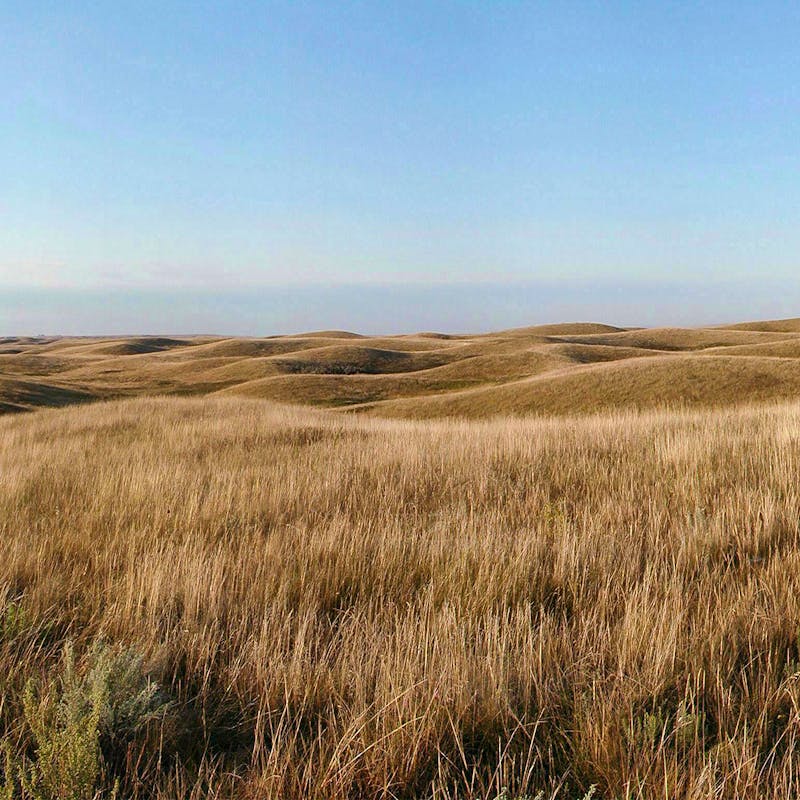Summer’s here and families are hitting the road to visit our national parks, wildlife refuges, seashores and more. With over 940 million land and marine acres to explore, there’s ample opportunity to catch a glimpse of the unique wildlife found throughout our country. Here’s how to view wildlife responsibly and safely, ensuring that both creatures and our families enjoy the experience.
DON’T: Get so close
DO: Keep your distance
Wild animals need their space — that’s what makes them wild! Wildlife may interpret a human approaching them as a sign of aggression or danger, which could cause them to act out in defense. This not only could cause harm to the human, but also may require the animal to be euthanized. Even if an animal appears docile, stay back! If an animal becomes habituated to human encounters, it could come to rely on humans, which would reduce its natural behavior and also require intervention.
The National Park Service advises staying at least 25 yards (23 meters) away from large animals such as bison, elk, bighorn sheep, deer, moose and coyotes. For bears and wolves, the recommended distance increases to 100 yards (91 meters). In other words, you should be at least a quarter of a football field away from bison and similar animals and at least one football field away from top predators like bears and wolves.
DON’T: Go into the wilderness unprepared
DO: Carry bear spray and do your research
Whether hiking, camping, or recreating outdoors in bear country, carrying bear spray and knowing how to use it is essential. Bear spray serves as a non-lethal deterrent, offering protection in the rare event of a bear encounter. Even on well-traveled trails, it's wise to carry this precautionary measure. Many park visitor centers offer bear spray rentals or cannisters for purchase, and they’ll happily teach you how to use it! Bringing bear spray is just one element of preparedness outdoors — do your research and plan ahead. Always ensure you have enough water, wear the right clothing and footwear and notify someone about where you’re headed.
DON’T: Create your own path
DO: Stay on the trail
In the wilderness, it’s best to stay on marked trails. The habitats and ecosystems found across our country are special and fragile, and trails have been carefully curated to give visitors the best opportunity to enjoy the great outdoors while also protecting plant life, animal homes, denning sites and more.
Staying on trails also ensures visitors’ safety. Boardwalks may traverse bogs or hot springs, dirt paths may buttress steep ledges and walkways may wind through vegetation that is harmful to humans. Protect yourself and don’t wander off trail.
As summer invites us to explore the great outdoors, it’s important to remember we are just visitors to wildlife’s homes. These tips are just a few ways to safely enjoy the experience, so be sure to follow local park guidelines and rules, especially when traveling some place unfamiliar.
Taking a family vacation or summer road trip this season? Can’t get away but wish you could? Defenders’ Summer Road Trip homepage has everything you need from tips and must-see’s to virtual visits!










